“Pure must be he who enters the fragrant temple”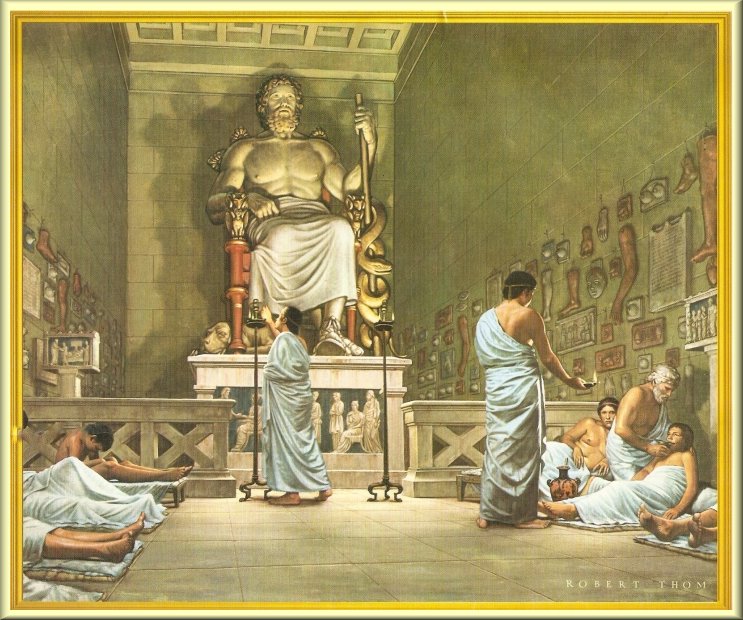
The healing temples of the God Asclepius in ancient Crete and Greece were some of the most famous medical treatment centers (hospitals) ever built in the old world. They were the first sacred structures constructed specifically for the purpose of medical care. These healing temples were named after the Greek God of wisdom, medicine, healing, rejuvenation and physicians, known as ‘Asclepius’.
Asclepius was the most important healer god of antiquity who brought prosperity to the ancient Greeks and Cretans in the 5th-1st centuries BC. These ancient physicians who served in these temples were also some of the first organized world wide priesthood who traveled the world in order to work for kings, and also themselves because their medical skills were in extreme demand.
They were a hereditary priesthood who at first only admitted family into the medical Brotherhood, and were known by various names throughout history such as the Sons of Asclepius or the Asklepiadi, Koans (Kohen or Kohanim) of Kos, Centaurs, (koan-taurs), the Curetes, and Telchines to name a few. Later in the West, such as in Wales, Scotland, Ireland and Britain, they would be known as the Druids and Culdees.
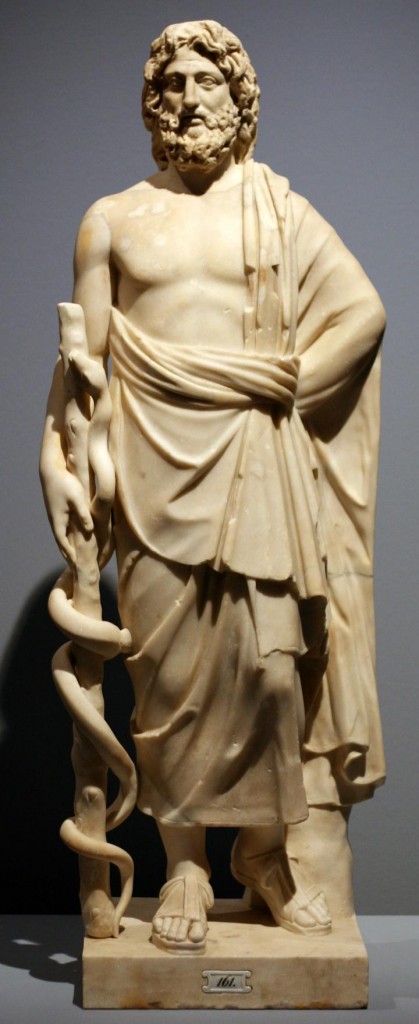 This ancient priesthood and family had used one of the most famous and recognizable exoteric (outer or seen) symbols ever known to man. It is the serpent whose evidence can be witnessed all over the world to this very day, such as the many serpents and dragons carved into immortal stone in various parts of the globe, and also the serpent (worm) entwined around a staff or rod called the Staff or Rod of Asclepius (Esculapius) of the modern-day medical profession.
This ancient priesthood and family had used one of the most famous and recognizable exoteric (outer or seen) symbols ever known to man. It is the serpent whose evidence can be witnessed all over the world to this very day, such as the many serpents and dragons carved into immortal stone in various parts of the globe, and also the serpent (worm) entwined around a staff or rod called the Staff or Rod of Asclepius (Esculapius) of the modern-day medical profession.
In my previous article, The Rod of Asclepius, I explained how this symbol of the serpent is the exoteric symbol that in reality represented the worm which is the true esoteric (inner or hidden) meaning. It is an ancient emblem of healing power that is still used today. These priests and various splinter groups from the same priestly tree would later be known by various serpentary names throughout history, and in mythology such as the Sons of the Serpent, Ophites, Hivites and Levites.
This is why many of these healing temples had many non-poisoness snakes that were allowed to slither around the floors. To the patients, these snakes were used to make an impression on their minds that they were in the temple of the God Asclepius, who’s embodiment was the exoteric symbol of the serpent and to the resident initiate priests, it was a reminder of the root cause of many of the illnesses and diseases they treated which are the result of worms.
Since the rule of law was in effect and also the rule of money, these centers had to charge for their medical services just like is done today. In order to fund their commercial medical enterprises, once patients had arrived at these healing temples, they would have to offer up a sacrifice in the form of an animal that was also enjoyed as food, and afterwards they would be charged a healing fee that was then deposited with the temple priests.
By keeping these teachings private, this priesthood were able to amass a larger fortune and also control the market for medical care as the world’s first and only trained physicians. They would also become bankers as a result of their wealth and royal connections, who then became very powerful under the protection of the Romans after they were absorbed into the Roman Empire and given special freeman and tax free status in the Republic. From this point forward, medical care and healing went from being a family affair and being practiced by almost all families of slaves and elite alike, to eventually become a completely controlled industry ruled by commerce, governments, and kings.
RELIGION AND HEALING
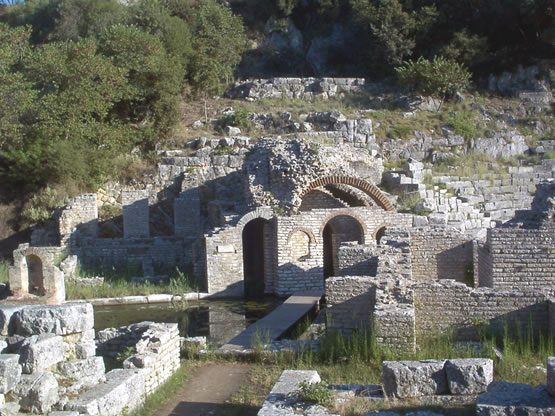 To the ancients, religion and healing were essentially one and the same. A priest was not only considered a holy man, he was also a healer who was professionally trained in the medical arts, and these temples were considered sacred for many centuries. In fact, when they were later destroyed under the Romans in the 1st century BC and the Goths from the North in the 4th century AD, these healing centers then became the first ancient churches controlled by the powers of the church.
To the ancients, religion and healing were essentially one and the same. A priest was not only considered a holy man, he was also a healer who was professionally trained in the medical arts, and these temples were considered sacred for many centuries. In fact, when they were later destroyed under the Romans in the 1st century BC and the Goths from the North in the 4th century AD, these healing centers then became the first ancient churches controlled by the powers of the church.
There were many healing temples that were built during the time the Greeks had ruled in the Mediterranean. Two of the most important would be the first healing center built and located on mainland Greece at the city of Epidaurus in the 6th century BC, and also the dragon (serpent or worm) shaped island 7 miles across from Crete that was once called Kos (Ceus or Cos), and now called Dia where the Father of Medicine, Hippocrates (Greek: Ἱπποκράτης; Hippokrátēs; c. 460 BC – c. 370 BC) was born, and also where he had operated his world-famous Hippocrates’ School of Medicine.
The asclepeion at Epidaurus was the most celebrated healing center of all the Classical world because it was the first of its kind, and also the place where many ill people had travelled to with the hopes of being cured. Like all the other temples, it was built from huge blocks of Corinthian limestone. Paulus Emilius, who visited the sanctuary in 167 B.C., commented on how impressed he was by the buildings of Epidaurus.
Clement of Alexandria had said that patients who came to the healing center were greeted with a solemn warning which was inscribed over the entrance of the temple: “Pure must be he who enters the fragrant temple,” and purity, Clement adds, “is to think holy things.”
 Some of the treatments at these ancient holy centers would resemble what is done today in alternative and self-healing teachings. The ancient inscription above on the temple is widely known today in science and medicine, that our thoughts, attitude and habits directly affect our health or our ability to get well. I like to simply call this alchemy of the human blood, by using your brain to control your emotions, thoughts and habits.
Some of the treatments at these ancient holy centers would resemble what is done today in alternative and self-healing teachings. The ancient inscription above on the temple is widely known today in science and medicine, that our thoughts, attitude and habits directly affect our health or our ability to get well. I like to simply call this alchemy of the human blood, by using your brain to control your emotions, thoughts and habits.
In science, this is called today mind-body medicine. Hippocrates once wrote, “The natural healing force within each one of us is the greatest force in getting well.” This ancient art of healing was the preferred method in the ancient world, and today is very popular in Asiatic cultures such as with the Chinese who many healers and patients have claimed have great success in curing disease and healing sickness.
Here in the West, such in America we have began to go back to the old ways of our ancestors which can be proved by science. For example, a clinical study by David Spiegel, M.D. at Stanford University School of Medicine in 1989 had proved the power of the mind and its ability to heal. In the study, two groups of women were divided from 86 women who were all diagnosed with late stage breast cancer. Half of the women were given standard modern medical treatment, while the other half received the same care, but were also given weekly support sessions with other women with cancer in order to share both their stories of grief, and also their victories. Dr. Spiegel discovered that the women in the latter group who participated in the social support session with other women had lived twice as long as the women who did not. In 1999, a similar study proved that in breast cancer patients, helplessness and hopelessness are associated with lesser chance of survival.
As a result of these studies and ancient teachings, more modern-day self-healing centers are being created such as the Center for Mindfulness in Medicine, and the Health Care Society at the University of Massachusetts Medical School to name a couple.
WHAT TYPE OF ILLNESSES AND INJURIES DID THE PRIEST PHYSICIANS TREAT IN THESE HEALING TEMPLES?
Many of the patients back then suffered from worms and parasitic illnesses just like they do today. Two tablets were found at the temple in Epidaurus that were dated to the second half of the fourth century, describing the various ailments and diseases they had encountered along with the cures. The inscriptions tell how the god is represented as tackling and curing an extraordinary variety of ailments; a total of 198 ranging from headaches and insomnia, to cases of stone, worms, gout, dropsy, tumours, blindness, and injuries from wounds.
Here is an ancient story about a lady who was thought to be pregnant. Later the physicians determined she was in fact pregnant, but with worms!
Sostrata, a woman of Pherai, was said to have a false pregnancy because she wasn’t pregnant with a child, but with worms. She went to Epidauros and slept there, but having had no clear dream she let herself be carried home. On the way a ‘man of fine appearance’ came to her, cut her open and took out the worms. She went to sleep in the temple of Asclepius at Troezen, and it seemed to her that the sons of the god— who was too much engaged to come himself — cut off her head, plunged their hands into her intestines, and pulled out the worm.
In order for the priest physicians to find out the right cure for their ailments, they had their patients spend a night in the enkoimeteria, a big sanctuary, guest house and sleeping hall with 160 patient rooms that was all made of holy limestone. It was said that in their dreams, the god himself would advise them what they had to do to regain their health. The first people the patients would see after their first night of dreams in the temple of God would be the Sons of the God Asclepius, their priest physicians. This would leave lasting impressions on their clientele’s minds, that I’m sure assisted in the healing process by maintaining positive images with positive energy.
THE ADVENT OF HOLY HEALING WATER 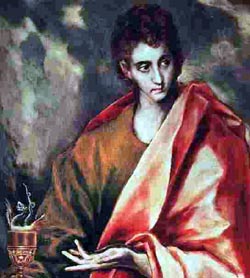
There are also limestone mineral springs in the vicinity of these temples which would have also been used in the healing process. Before they were admitted into the temple, they would then be taken to special mineral springs hot baths situated on limestone nearby that were not only to clean themselves, but purify their bodies by the special healing water in these springs called today, ‘Travertine’ which is a form healing water. Modern travertine is formed from geothermally heated supersaturated alkaline waters, with raised pCO2 (see partial pressure). On emergence, waters degas CO2 due to the lower atmospheric pCO2, resulting in an increase in pH.
Most of the locations these temples were located had heavy deposits of limestone or were near limestone quarries. This was not only the most popular building material for the ancient Greeks, Cretans and Egyptians, it was also one of the most venerated stones for its healing properties.
The mineral hot springs of limestone deposited by the mineral springs are naturally occurring springs that produce water containing helpful minerals such as Calcium hydroxide, Ca(OH)2 which is also called limewater. It had been known since ancient times that limestone was a magical stone with natural healing abilities, and the stone impregnated water known today as limewater kills worms, and many other, if not all insects. It is regarded as the most simple and one of the safest chemical vermifuge. Physicians had used it for thousands of years up until the advent of the current medical system in the last 100 years or less.
In Russian folklore, a serpent is often represented as in possession of a magic water, which is said to heal all wounds, restore sight to the blind, and vigour to the cripple. For example, one Russian story of the serpent with healing water; ” speaks of a wondrous garden, in which are two springs of healing and vivifying water, and around that garden is coiled like a ring a mighty serpent ” (Ralston, Russian Folk Tales, p. 233) “ The Arabs had regarded medicinal waters that were said to be inhabited by the jinn, usually of serpent form” (W. Robertson Smith, Religion of the Semites,2 p. 168). The stories of the Celts had said they acquired their medical skills by drinking serpent-broth.
This may in fact be the true origins of the source of “holy water.”
This healing cult with their sacred stones, serpents and holy water would later spread in the 4th century BC to other areas in the Mediterranean such as Crete and the island 7 miles across from Crete once called Kos, and now known as Dia. Pliny had written; Hippocrates learned medicine by writing down the successful cures that had been recorded by patients on the walls of Asklepios’s Kohen (Koan) temple. A person who comes from the island Kos (Coos) is called a Koan in English, and a Cohen or Kohen (or Kohain; Hebrew: כֹּהֵן, “priest”, pl. כֹּהֲנִים Kohanim) which is simply the Hebrew word for priest.
These priests would be known in the bible as the Levites of the Tribe of Levi who the Father of English History and Doctor of the Church, Saint Bede had said, “allegorically, the Levites represent those attached to the Catholic Church.” (Bede – 9th century book titled, Ezra and Nehemiah) The name Levite is from root in Hebrew which means “to join, or to bind” (see Lui-than “snaky-monster “).
The Levites were the first tribe drawn from all these divisions of the Israelites to aid in the repair of the temple, making them the first Templars.

Moe is the founder of GnosticWarrior.com. He is a father, husband, author, martial arts black belt, and an expert in Gnosticism, the occult, and esotericism.

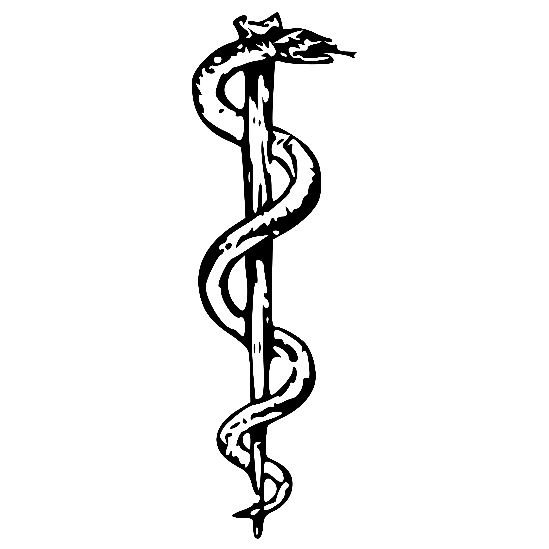
![How miracles of healing have been frequently wrought in the place where King Oswald was killed; and how, first, a traveller’s horse was restored and afterwards a young girl cured of the palsy [642 A.D.] | Book 3 | Chapter 9 How miracles of healing have been frequently wrought in the place where King Oswald was killed; and how, first, a traveller’s horse was restored and afterwards a young girl cured of the palsy [642 A.D.] | Book 3 | Chapter 9](https://www.gnosticwarrior.com/wp-content/plugins/contextual-related-posts/default.png)
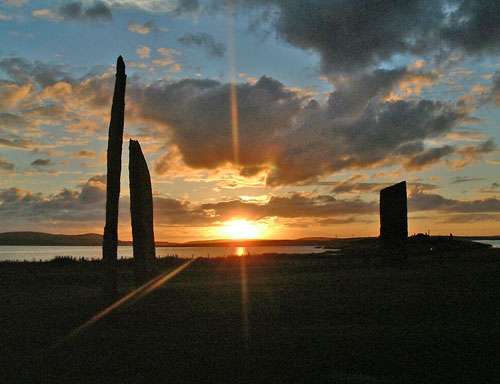

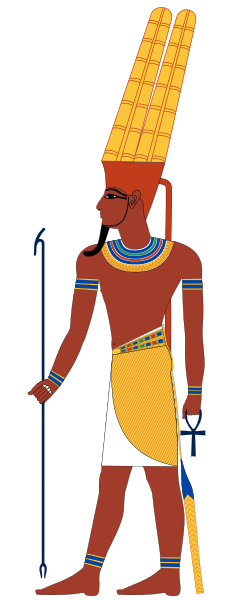
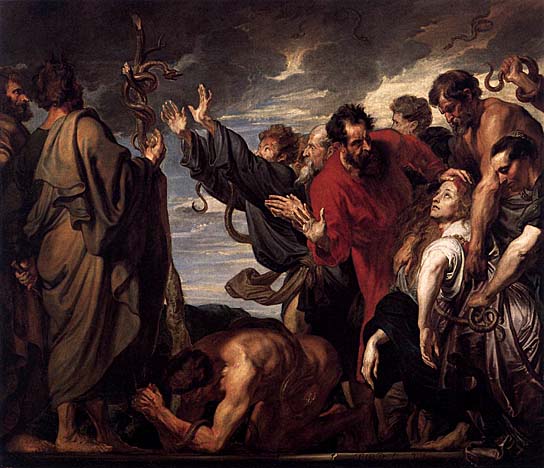
I’ve been led several times to the healing temples of Asclepius,where purportedly people with a variety of illnesses (out of balance body-mind vibrations) would come and have healing dreams. It correlates with the temples where in the Urantia book, people ready to ‘translate’ (move on to the next Morontia level) would come to these temples, and simply ‘flash out’ of their physical bodies, and trans-form themselves to the next dimensional frequency. Basically, these teachings validate that we need to “heal our mind,” and the body will follow.